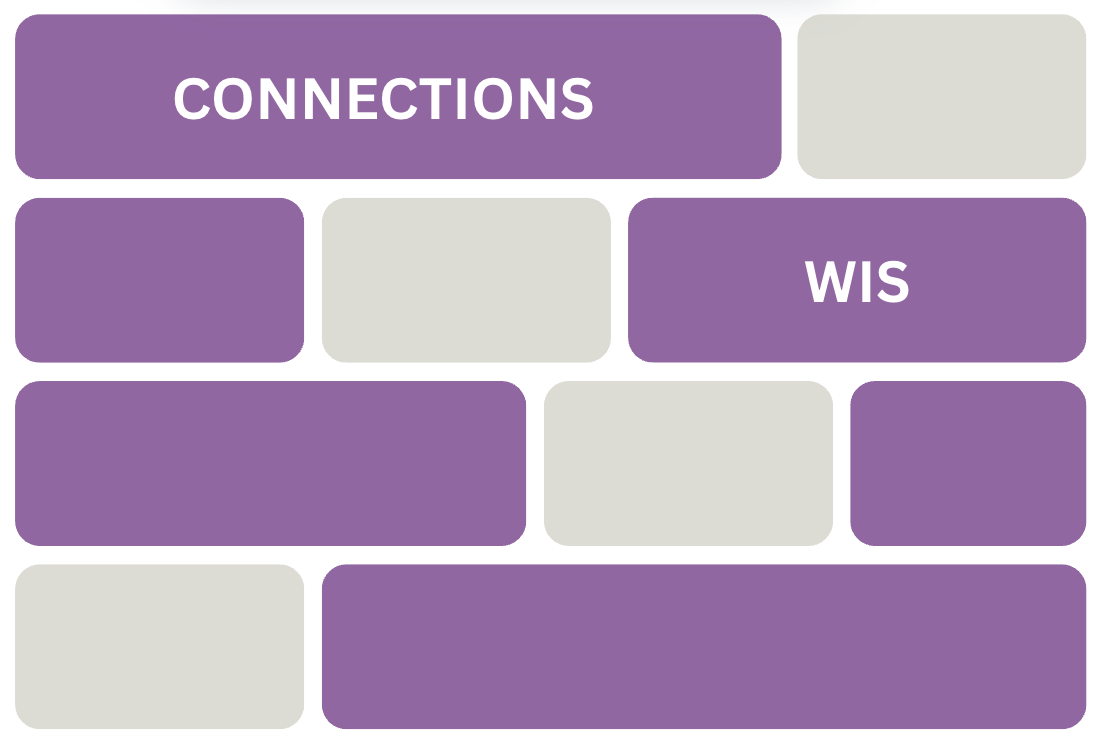Around the country, school administrations are integrating technology into classrooms in the form of laptops and tablets, and it has polarized parents, students, and teachers with concerns about distraction and effectiveness, while others embrace the evolution.
According to director of market intelligence at the Center for Digital Education Joseph Morris, American K-12 schools spent an estimated $9.94 billion on educational technology.
Washington International School has been integrating technology into classrooms since 2007. Today, they are filled with students using computers and iPads to enhance the learning and working experience. With the integration of Google Apps, communications are more interconnected and easier to organize than ever.
According to Director of Information Services Sean Moran, the transition to a technology integration began with his predecessor Chad Ferry: “When he arrived we didn’t have Google Apps, we had email but it was through our own server and didn’t have any of the features that we have now,” Moran said. “Faculty didn’t even have computers.”
Many students, including Jair Alleyne, a 10th grader at WIS, embrace the integration as something positive that enriches the classroom experience. “[Integration] has allowed more interaction between students and teachers. It has cut down on paper, so it’s good for the environment.”
One of the most enticing aspects of technology is access to the internet at everyone’s fingertips. Jair said this makes gathering information in school much easier, and therefore benefits learning.
Many schools around the country are using Apple products due to their ease of use, and Mr. Moran said the administration acknowledged this. “It just made a lot of sense when we were looking for a device for teachers to use. Apples […] weren’t prone to viruses and they were very user friendly,” Moran stated.
The biggest issue that seems to be on parents, students, and teachers’ minds is distraction in class. A student who wishes to remain anonymous confirmed that the distraction of electronic devices is a very real issue.
“I sometimes just don’t pay attention and look through Facebook,” the students says. “Often times I’ll tell myself, ‘you’re going to take notes with the computer’, and I’ll just drift off and play games.”
Through all the positives and negatives, technology integration, as Moran says, is something that at it’s core, has the best of intentions.
“The thing about integrating technology, and this is something we want to make clear for parents especially, is that we want to integrate where it advances the learning in the classroom,” he said. “We’re not trying to replace in-class discussions, or put everything online, or make teachers obsolete. This is really about finding the opportunities where the technology takes what’s happening in the classroom and brings it up to the next level.”
By Ian Traphagen

































































